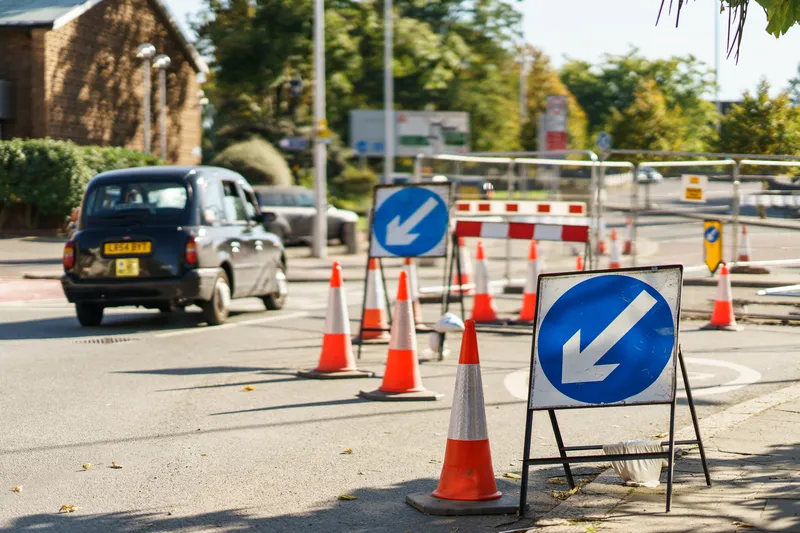The US National Coalition for Safer Roads (NCSR) has launched an interactive map that showcases the 7,799 red-light running fatalities that occurred in the US between 2004 and 2013.
The fatalities are mapped to the city and state that each incident occurred, all the way down to the actual intersection where a fatality occurred in a collision involving red-light running. Through its search function, the map allows viewers the opportunity to find out how many red-light running fatalities occurred in a part
August 6, 2015
Read time: 2 mins
The US 5755 National Coalition for Safer Roads (NCSR) has launched an interactive map that showcases the 7,799 red-light running fatalities that occurred in the US between 2004 and 2013.
The fatalities are mapped to the city and state that each incident occurred, all the way down to the actual intersection where a fatality occurred in a collision involving red-light running. Through its search function, the map allows viewers the opportunity to find out how many red-light running fatalities occurred in a particular city.
The map, which features data from National Highway Traffic Safety Administration’s Fatality Analysis Reporting System (FARS), was designed as a key component of NCSR’s efforts during National Stop on Red Week. Stop on Red Week, 2-8 August 2015, aims to educate drivers about the dangers of red-light running and reduce the number and severity of crashes.
“The ultimate goal is to honour the lives lost and illustrate the danger of red-light running,” said NCSR president Melissa Wandall, who lost her husband to a red-light running in 2003.
“These dots represent a life cut too short, family and friends left too soon and the harsh reality that red-light running can affect anyone on the roadways if more action isn’t taken to prevent reckless driving.”
The fatalities are mapped to the city and state that each incident occurred, all the way down to the actual intersection where a fatality occurred in a collision involving red-light running. Through its search function, the map allows viewers the opportunity to find out how many red-light running fatalities occurred in a particular city.
The map, which features data from National Highway Traffic Safety Administration’s Fatality Analysis Reporting System (FARS), was designed as a key component of NCSR’s efforts during National Stop on Red Week. Stop on Red Week, 2-8 August 2015, aims to educate drivers about the dangers of red-light running and reduce the number and severity of crashes.
“The ultimate goal is to honour the lives lost and illustrate the danger of red-light running,” said NCSR president Melissa Wandall, who lost her husband to a red-light running in 2003.
“These dots represent a life cut too short, family and friends left too soon and the harsh reality that red-light running can affect anyone on the roadways if more action isn’t taken to prevent reckless driving.”









